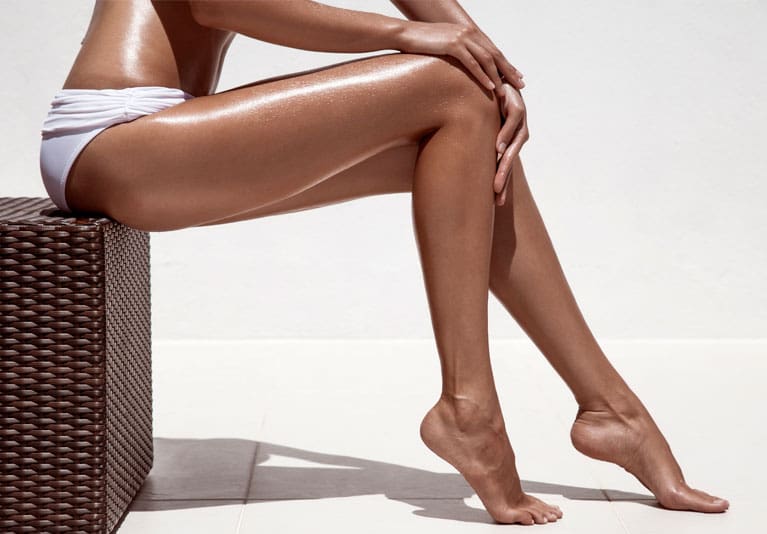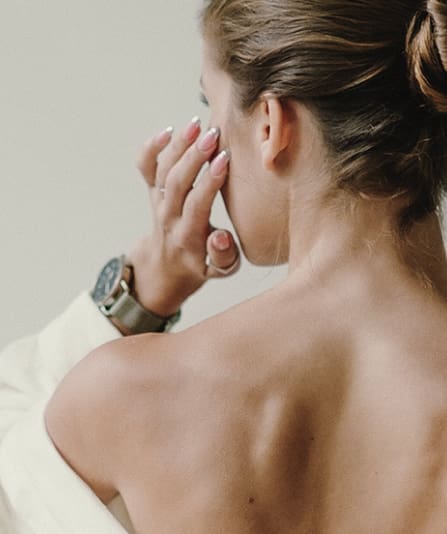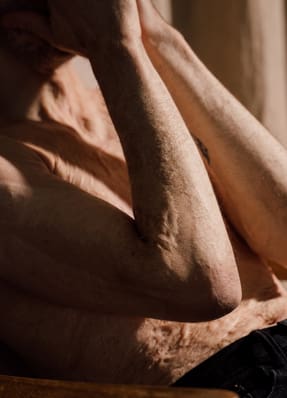There are general surgical risks to expect, which include oozing, swelling and bruising around the surgical site. In skin graft surgery, it is important to consider the risks of skin graft rejection, poor healing and infection which may result in the graft having to be removed. All of these risks will be discussed with you in full prior to undergoing any operation, and many measures are put in place to reduce these risks as much as possible.
Scars & Burns by Mr Ioannis Goutos
Skin Graft London

At a glance
Treatment time:
Inclusive of initial consultation, pre-operative assessment, surgery and post-op care. With good surgical technique and post-op care, grafting should give permanent results.
Duration:
Highly variable, depending on the amount of skin being grafted. Most operations last around 1 hour.
Return to work:
7-14 days to return to light duties or office-based work.
Anaesthetic:
Local or sedation/general anaesthetic.
Skin Graft Cost:
£1500
Mr Ioannis Goutos offers a skin graft from his London clinic, which is a surgical procedure that involves removing healthy skin tissue from one part of the body and using it to repair skin on another part.
This can be used in a number of circumstances, such as burn injuries or for certain wounds that cannot otherwise be closed. This may include wounds that are particularly large, such as following excision of a skin cancer, or those that are very difficult to heal, such as an ulcer.
Mr Ioannis Goutos is a skilled plastic surgeon and is widely respected as a leading expert on the management of burns and scars. He offers a wide range of surgical and non-surgical procedures.
Mr Goutos takes particular pride in ensuring that all aspects of an individual’s care, including physical and psychological factors, are addressed in each tailor-made treatment plan. He will consider your current situation, medical assessment, cosmetic goals and individual preferences to ensure that you receive the optimal care possible, including gold standard aftercare and follow up.
Book your consultation today
Book nowHow does skin graft surgery work?
Skin graft surgery is usually done under a local anaesthetic. Prior to having the surgery, it is important to undergo a thorough pre-operative assessment. During this time, your surgeon will be able to plan your surgery, including where the donor skin will be taken from. You will also have a review of any medications you might take, your past medical history and a physical examination.
Skin grafting is carried out by removing a layer of skin from a ‘donor site’ (a different part of the body with healthy skin) and placing this over the area of burn or wound (known as the ‘recipient site’). The grafted skin is then secured using stitches, staples or surgical glue. Over the next 7-14 days, the grafted skin should heal with the underlying layers of tissue to establish a robust blood supply. The donor skin can be taken as a thin layer, or thicker layer, depending on where it has been taken from and the nature and needs of the graft site. These are known as ‘split-thickness skin grafts’ or ‘full-thickness skin grafts’. Typical areas of the body that are used to source donor skin include the abdomen, thigh and buttock areas.
Sometimes skin grafting is carried out in stages using artificial skin, whereby part of the ‘donor’ skin is not sourced from the same individual but is created out of synthetic materials. Additionally, if a large sized graft is needed, tissue expander surgery may be carried out in advance of the grafting surgery, to help create a sufficient surface area of skin to cover the graft area.
Following the operation, both the donor site and graft site require close monitoring and wound care. Post-operatively, individuals will need to take pain relief medication and have regular dressing changes and assessments for the first 2 weeks. This is to monitor the healing process and ensure that the grafted skin is not rejected.
After this initial healing phase, it can take up to 18 months for the scarring around the graft site to fully mature. Ideally this should leave a flat and soft scar. As the donor tissue is taken from the same person, there should not be a large discrepancy in skin tone, however grafts tend not to appear completely congruent with the surrounding skin.


Frequently Asked Questions about Skin Graft Surgery
We know having medical, surgical or cosmetic treatment can seem daunting and it is natural to have questions. We are here to ensure your comfort and safety at all times. If you are unable to find the answer to your questions below, then please do not hesitate to contact us so we can help.
Following your operation, you may be able to go home the same or next day. It is generally recommended for patients to take 7-14 days off work and to rest at home. It is particularly important to avoid any stretching of the wounds or heavy lifting during this time. The graft dressings will usually be changed at 5-7 days and the donor site dressing at 10-14 days following the operation. Until this time, it is crucial to keep the dressing clean and dry. The wounds will also be assessed at each dressing change. After this period, if all is healing well, individuals may resume regular duties.
The borders of the skin graft will remain noticeable even after it is fully healed, although this does improve over time. However, as the donor skin is taken from the same individual, the colour and tone should be similar to the surrounding skin. With good surgical technique and post-operative care, the scarring around the graft should be soft and flat. Once fully healed, individuals may wish to use foundation or camouflage products to make the graft less prominent; alternatively a number of resurfacing techniques like lasers and needling may be used to improve the texture and colour in the grafted area.
If you are known to suffer from problematic scarring, such as keloid scarring, you should inform your surgeon. Additional surgical techniques and post-operative adjuncts can be used to improve the long term quality of the scar.
In the initial healing stages, it is important to continue wearing the dressings as directed by your clinician and attend all of your follow up appointments to ensure good healing. It is also recommended to avoid any strenuous activity or stretching of either of the surgical wounds for 6-8 weeks following the operation. Stopping smoking before your operation can help to ensure good graft healing and longer term skin and graft health. Once healed, long term care of the graft will include regular moisturisation with a non-perfumed product and good sun protection.
How much does a skin graft in London cost?
Starting from £1500
At Goutos London, we aim to deliver a premium service with no compromise on quality in order to deliver the best results possible for your needs.

Conditions Skin Graft Surgery can treat
Whatever your condition, and whatever your health goals are, we will ensure you get a holistic, focused and bespoke service that offers you the safest options for treatment aiming for the best possible outcome.
Testimonials
Mr Goutos is delighted to share some of his patient and peer feedback on their experiences of his services.














